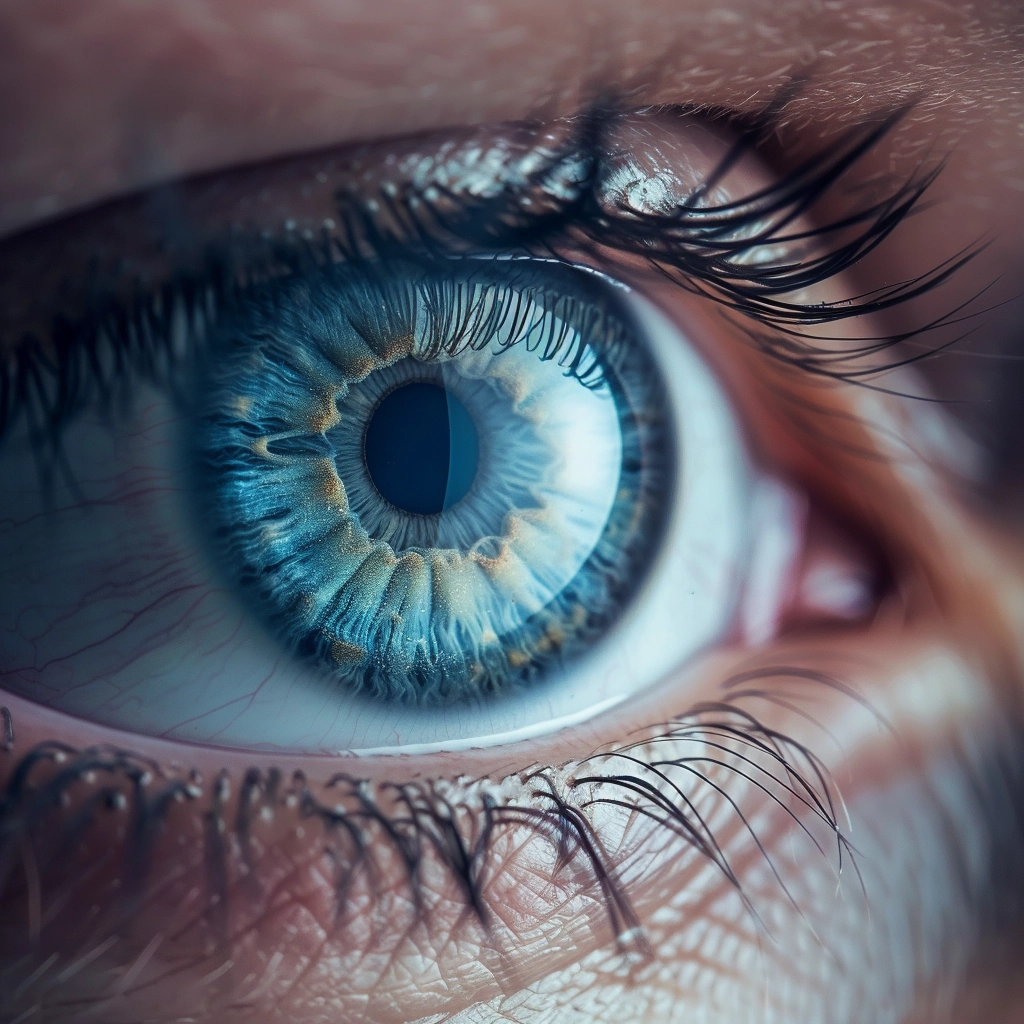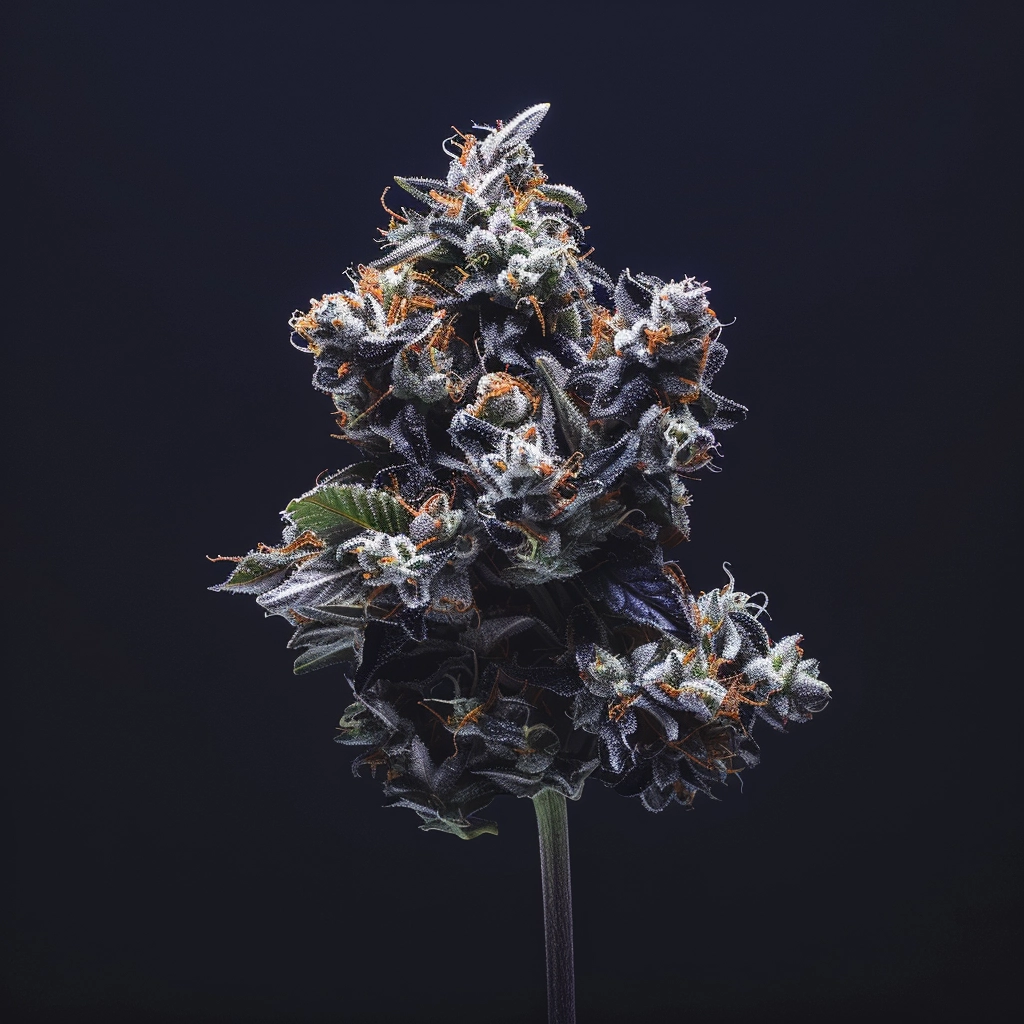In the realm of ocular health, glaucoma stands as a formidable adversary, silently stealing sight with little warning. Characterized by increased intraocular pressure (IOP) that can lead to optic nerve damage and, ultimately, vision loss, glaucoma poses a significant challenge to medical science. Amidst the myriad of treatments, medical cannabis has emerged as a potential ally, offering a new perspective on this age-old ailment. This article delves into the role of medical cannabis in glaucoma treatment, exploring its efficacy, mechanisms, and the future it may hold in eye care.


Table of Contents
ToggleUnveiling Glaucoma: The Silent Thief of Sight
Glaucoma is not a single disease but a group of conditions that result in optic nerve damage, the most common of which is associated with elevated IOP. Traditional treatments focus on lowering IOP to prevent or slow down the damage; these include medications such as beta-blockers and prostaglandin analogs, laser therapy, and surgical options. However, not all patients respond well to these treatments, and the quest for alternative and complementary therapies is ongoing.
Cannabis and Glaucoma: Historical Context
The relationship between cannabis and glaucoma treatment was first identified in the early 1970s when studies revealed that smoking marijuana could lower the intraocular pressure in people with glaucoma. Since then, interest has grown in understanding how cannabinoids — the active compounds in cannabis — can be harnessed to treat this complex eye condition.


Cannabis and Its Cannabinoids: A Vision for the Future
Cannabis contains several cannabinoids, but two in particular, tetrahydrocannabinol (THC) and cannabidiol (CBD), have been studied for their therapeutic effects in glaucoma. THC has been shown to effectively reduce intraocular pressure, the primary risk factor for optic nerve damage in glaucoma patients.
THC: Reducing Pressure, Preserving Vision
THC interacts with the cannabinoid receptors in the eye, specifically the CB1 receptors, which play a role in the regulation of intraocular pressure. By activating these receptors, THC helps lower the eye pressure, potentially protecting the optic nerve from damage due to high IOP. However, the effects of THC on eye pressure are temporary, lasting only 3-4 hours, which necessitates frequent dosing throughout the day to maintain its therapeutic benefits.
CBD: A Cautionary Tale
Unlike THC, CBD does not appear to lower intraocular pressure; some studies suggest it may even increase it. This highlights the importance of understanding the different effects of cannabinoids and underscores that not all components of cannabis are beneficial for glaucoma treatment.


Challenges and Considerations in Cannabis-Based Therapies
While the potential of THC in glaucoma treatment is promising, several challenges must be addressed to integrate cannabis into mainstream medical practice for glaucoma patients.
Delivery Methods: Beyond Smoking
Smoking cannabis is not a viable long-term treatment method for glaucoma due to the health risks associated with smoking and the short duration of its effects. Alternative delivery methods such as eye drops, oral formulations, and transdermal patches are being explored, although developing eye drops that can effectively deliver cannabinoids is challenging due to the water-soluble nature of these compounds.
Frequency of Dosing
The need for frequent dosing due to the short-term effects of THC is a significant hurdle. Continuous management of intraocular pressure is crucial in glaucoma, and the current pharmacokinetics of THC do not support sustained IOP reduction throughout the day without multiple doses, which can be impractical and may increase the risk of side effects.
The Road Ahead: Research and Innovations
As research into medical cannabis for glaucoma continues, new technologies and formulations are being developed that could overcome the current limitations. Innovations in cannabinoid delivery systems that provide sustained release or more efficient absorption are on the horizon. Additionally, ongoing clinical trials and pharmacological studies are crucial for fully understanding the potential and limitations of cannabinoids in eye care.
Conclusion: Seeing Beyond the Smoke
The exploration of medical cannabis in treating glaucoma reflects a broader shift towards more personalized and holistic approaches in medicine. While cannabis may not yet be a cure or a primary treatment option for glaucoma, its potential to complement existing therapies offers hope for millions of patients worldwide. As scientific understanding deepens and societal attitudes towards cannabis evolve, the future of cannabis in glaucoma treatment looks increasingly promising. With careful research and thoughtful application, cannabis could one day offer a clearer view for those navigating the challenges of this sight-stealing disease.
FAQ: Medical Cannabis for Glaucoma Treatment
How does medical cannabis help treat glaucoma?
Medical cannabis, particularly THC (tetrahydrocannabinol), has been shown to lower intraocular pressure (IOP), which is the primary risk factor in glaucoma. THC works by interacting with cannabinoid receptors in the eye to reduce IOP temporarily, potentially slowing the progression of the disease and preventing further optic nerve damage.
Can CBD be used to treat glaucoma?
Current research suggests that CBD (cannabidiol) does not lower intraocular pressure; it may actually increase it. Therefore, CBD is not recommended for the treatment of glaucoma. Focus remains on THC and other cannabinoids that have demonstrated efficacy in reducing IOP.
Is smoking cannabis a viable treatment option for glaucoma?
While smoking cannabis can temporarily reduce intraocular pressure, it is not considered a viable treatment option for glaucoma due to the short duration of its effects (3-4 hours) and the health risks associated with smoking. Effective management of glaucoma requires a more consistent and prolonged reduction in IOP.
What are the potential risks of using medical cannabis for glaucoma?
Potential risks include the psychoactive effects associated with THC, the possibility of developing a tolerance to the IOP-lowering effects over time, and the general side effects of cannabis use such as impaired cognition and coordination, which can affect daily activities. Long-term effects of frequent cannabis use on eye health and systemic health are also not fully understood.
Are there specific cannabis-based products recommended for glaucoma?
Currently, there are no FDA-approved cannabis-based products specifically for the treatment of glaucoma. Research is ongoing to develop effective delivery systems, such as eye drops, that can provide a more practical and health-conscious method of administering cannabinoids like THC for glaucoma treatment.
How often would someone need to use cannabis to treat glaucoma?
Due to the temporary effects of THC in reducing intraocular pressure, frequent dosing would be necessary — approximately every 3-4 hours. This frequency can be impractical for many patients and can lead to increased exposure to potential side effects, making it a less ideal treatment strategy.
Can medical cannabis replace traditional glaucoma medications?
At this time, medical cannabis should not replace traditional glaucoma medications, especially those that have been proven to effectively manage IOP over longer durations. Cannabis may be used as an adjunct therapy in some cases but should only be considered under the guidance of a healthcare provider familiar with both glaucoma and cannabis.
What should I discuss with my doctor if I'm considering cannabis for glaucoma?
Discuss your current treatment regimen, the progression of your glaucoma, any side effects you’re experiencing with traditional medications, and your overall health. It’s important to evaluate the potential benefits and risks of adding cannabis to your treatment plan, including legal considerations and the availability of medical-grade cannabis.
Is medical cannabis legal for the treatment of glaucoma?
The legality of medical cannabis varies by region. In places where it is legal, you typically need a prescription or a medical cannabis card to obtain and use cannabis legally. Always check local regulations and consult with a healthcare provider who is knowledgeable about these laws.
These FAQs provide essential insights into the use of medical cannabis for glaucoma, highlighting its potential and limitations. As research continues and medical practices evolve, the role of cannabis in treating glaucoma and other diseases may become clearer and more refined.
Kannabu's Online Cannabis Educational Resources
Read Educational Online Guides and Articles to Learn About Cannabis
- Navigating the Green Path: CBD vs. THC in Medical Treatment
- The Aromatic Architects of Healing: The Role of Terpenes in Medical Cannabis
- Navigating the Green Frontier: Clinical Trials on Cannabis and Its Effects
- Charting the Green Path: Cannabis Dosing Guidelines for Medical Use
- The Endocannabinoid System: Nature’s Balancing Act in Human Health
- A Green Horizon: Cannabis as an Alternative to Opioids
- Navigating the Mind’s Garden: Cannabis and Mental Health Treatment
- Unlocking the Green Code: Exploring the Genetic Diversity and Pharmacological Promise of Cannabis
- Weaving Green into Gold: The Integration of Medical Cannabis into Traditional Medicine
- The Therapeutic Promise of Medical Cannabis: Exploring the Spectrum of Cannabinoids
- From Young to Old: The Compassionate Embrace of Medical Cannabis in Pediatric and Geriatric Care
- Green vs. Traditional: Navigating the Crossroads of Medical Cannabis and Conventional Therapies
- Beyond the Pain: The Comparative Effectiveness of Cannabis in Chronic Pain Management
- Unlocking Cannabis’s Secrets: The Journey Through Cannabinoid Pharmacokinetics and Pharmacodynamics
- Green Paws: Navigating the Frontier of Medical Cannabis in Veterinary Care
- Unlocking Relief: The Transformative Role of Medical Cannabis in Pain Management
- Harnessing Harmony: Medical Cannabis and the Battle Against Autoimmune Disorders
- Embracing the Night: How Medical Cannabis Transforms Sleep Management
- Turning the Tide: Cannabis as a Catalyst for Relief and Recovery in Nausea and Appetite Stimulation
- Illuminating the Neural Pathways: The Transformative Role of Medical Cannabis in Neurological Conditions
- Harnessing Harmony: Medical Cannabis and the Battle Against Autoimmune Disorders
- A Clearer View: Medical Cannabis in the Treatment of Glaucoma
- Breaking Boundaries: Cannabis and the New Frontier in Epilepsy and Seizure Control
- Revolutionizing Relief: Medical Cannabis in Cancer Symptom Management
- Navigating the Storm: Cannabis as a Beacon of Hope in Multiple Sclerosis Treatment
- Cannabis: A Natural Respite for Arthritis and Joint Pain
- Healing from Within: The Role of Medical Cannabis in Treating Gastrointestinal Disorders
- Healing Invisible Wounds: Cannabis in PTSD and Trauma Treatment
- Balancing the Mind: The Potential of Medical Cannabis in Bipolar Disorder and Mood Stabilization
- Illuminating the Mind: Cannabis in the Treatment of Alzheimer’s and Neurodegenerative Diseases

